3 Tips for tying better fishing knots
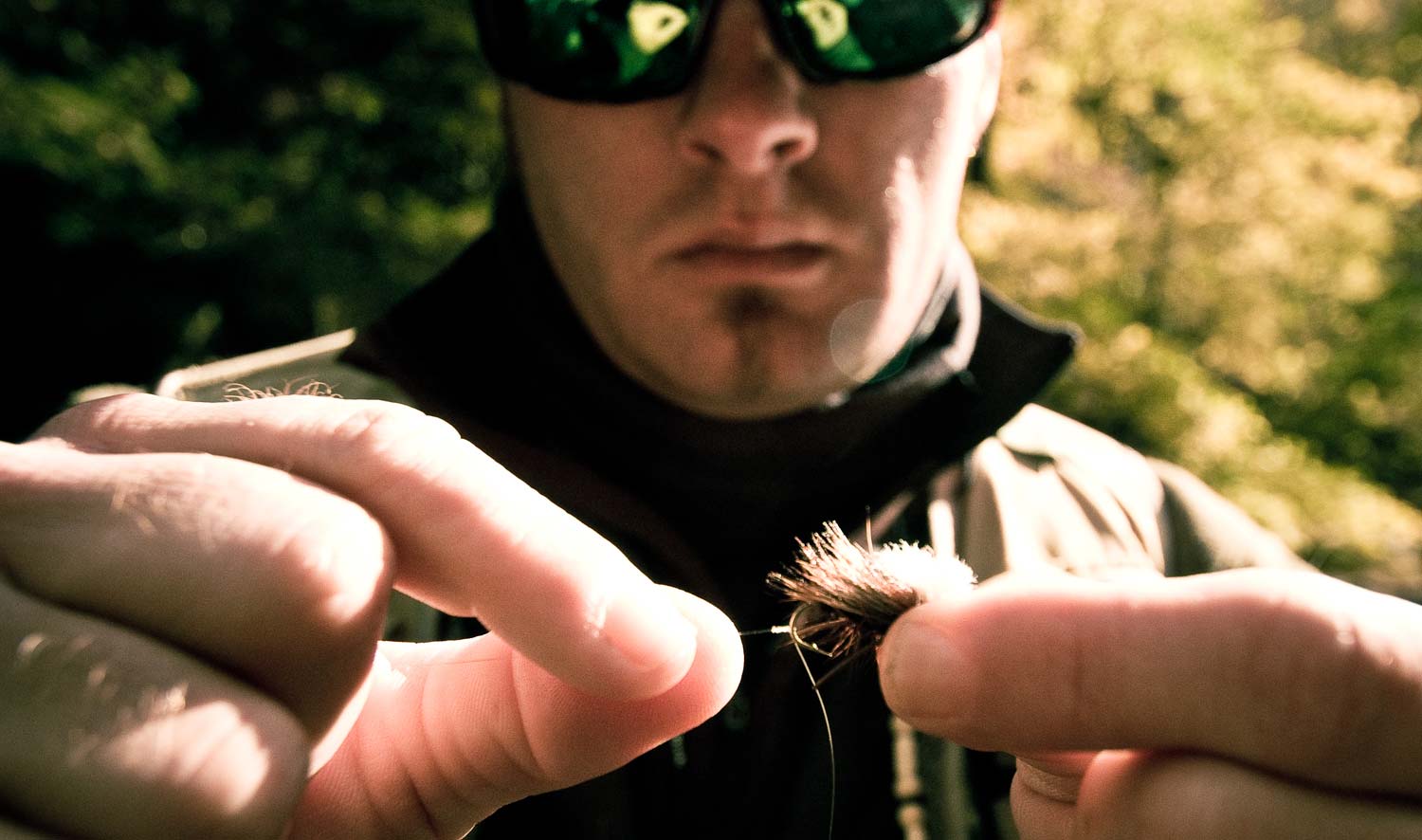
Nothing else you do on the water matters if your knot doesn’t hold.
You want to land that fish, right? Then you’d better pay attention to your knot tying. I don’t know of anything that feels worse than losing a nice fish over a weak knot. There’s no one to blame that on but yourself. Below are three tips that will help you tie better knots.
3 Tips for tying better fishing knots
Leave a tag.
I’ll start here because it’s controversial. Anglers have traditionally clipped the tag ends of their knots flush to their knots. It has long been considered good angling craft to do it this way but it makes no sense. If the fish is not bothered by the nine feet of leader coming from your knot, he’s not going to care about the tag end either. I always leave about 1/16th of an inch tag on my knots as an insurance policy. If I have made a mistake, which gets easier as my eyes age, and my knot slips, the tag will catch it.
This goes for my blood knots in my leader as well. Anglers are often resistant to this idea because they think the tags on the blood knots will catch their leader as it turns over. If that’s happening to you, it’s a casting problem, not a knot problem. Forget about your blood knots and read this article on tailing loops.
2. Hold your knot in your mouth as you tighten it.
We all know to moisten our knots before tightening them, and most of us do it by popping the knot into our mouths before we tighten it. Leave it there as you pull the knot tight. The purpose of moistening the knot is to reduce friction as it is tightened. That friction builds up heat and it’s the heat which weakens the line. Spit doesn’t really help that much. Most knots which are damaged
Read More »Sunday Classic / Spring Bass Tactics for Southern Appalachian Lakes
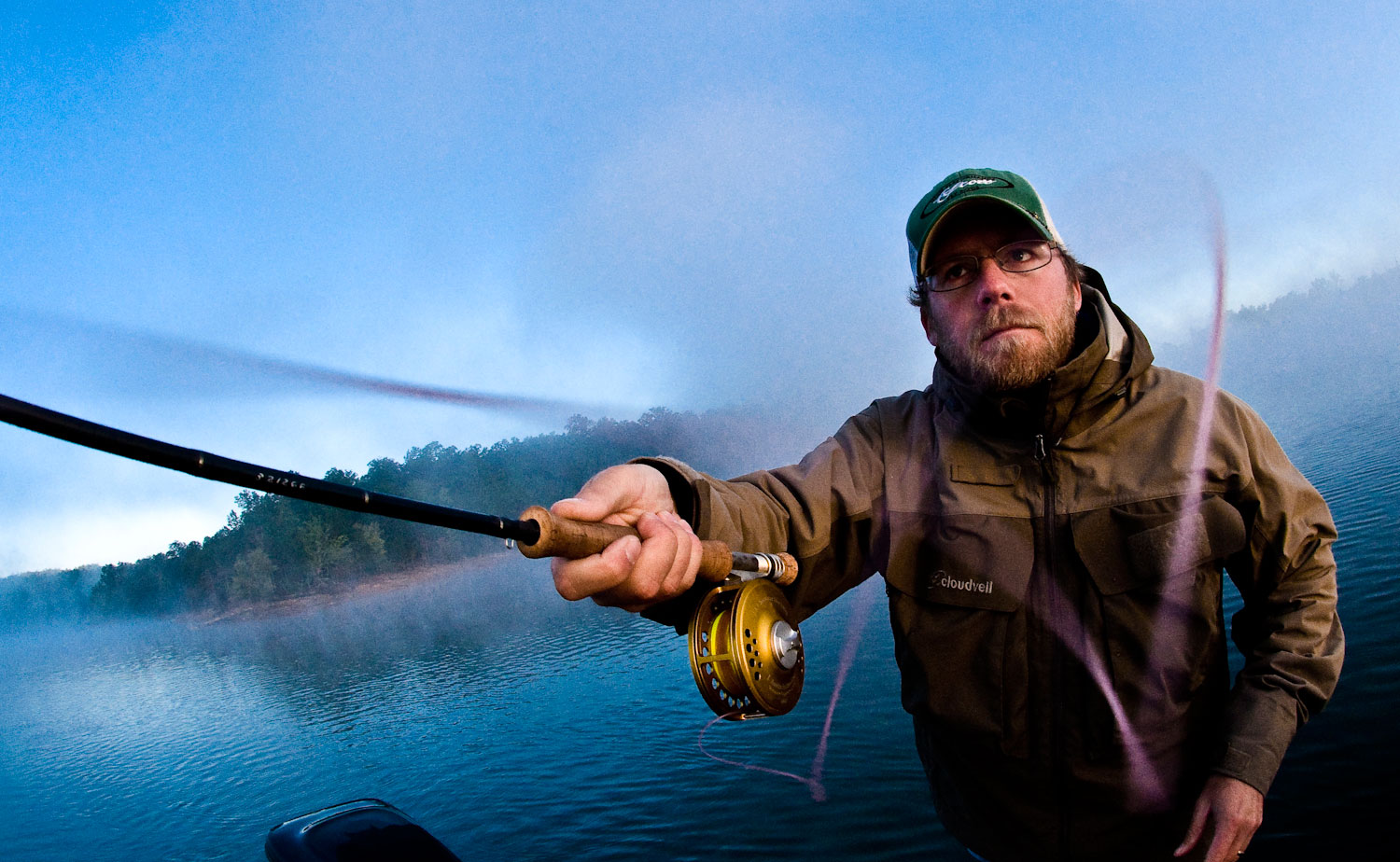
SPRING BASS FISHING TACTICS FOR FLY ANGLERS INTERESTED IN SOUTHERN APPALACHIAN RESERVOIRS.
There’s tons of lakes readily available for fly fisherman to catch bass throughout the Southern Appalachian region. Unfortunately, these lakes aren’t your two-acre farm pond in your backyard or subdivision that you grew up fishing as a kid—they’re multi-thousand acre reservoirs that can be extremely challenging to learn how to fly fish.
FLY FISHING RESERVOIRS STARTS WITH FISHING THE CORRECT AREAS.
Fly fishing for bass on public reservoirs is much like trying to find a needle in a haystack. If you don’t have a general idea of where the needle is located, your chances of finding it are slim to none. To be successful fly fishing lakes, you’ll have to quickly be able to eliminate areas of the lake where the bass aren’t located and then narrow your focus to small areas of the lake that provide bass what they need. Bass need the following: suitable habitat, satisfactory food and comfortable water conditions (water temperature & water depth). All these change depending on the season. In our case, we’ll be focusing on what bass need during the spring. Just like in trout fishing, bass fishing is all about bypassing unproductive water and spending your time fishing the productive water. Eighty percent of the bass on the lakes will be found in 20 percent of the water. If you want to catch them, you’ll need to maximize your time fly fishing the correct water.
A QUALITY MAP OF THE LAKE IS CRITICAL
Keep in mind, all maps aren’t created equal (and many are total crap). The map you want to buy
Read More »Saturday Shoutout / Vive Libre
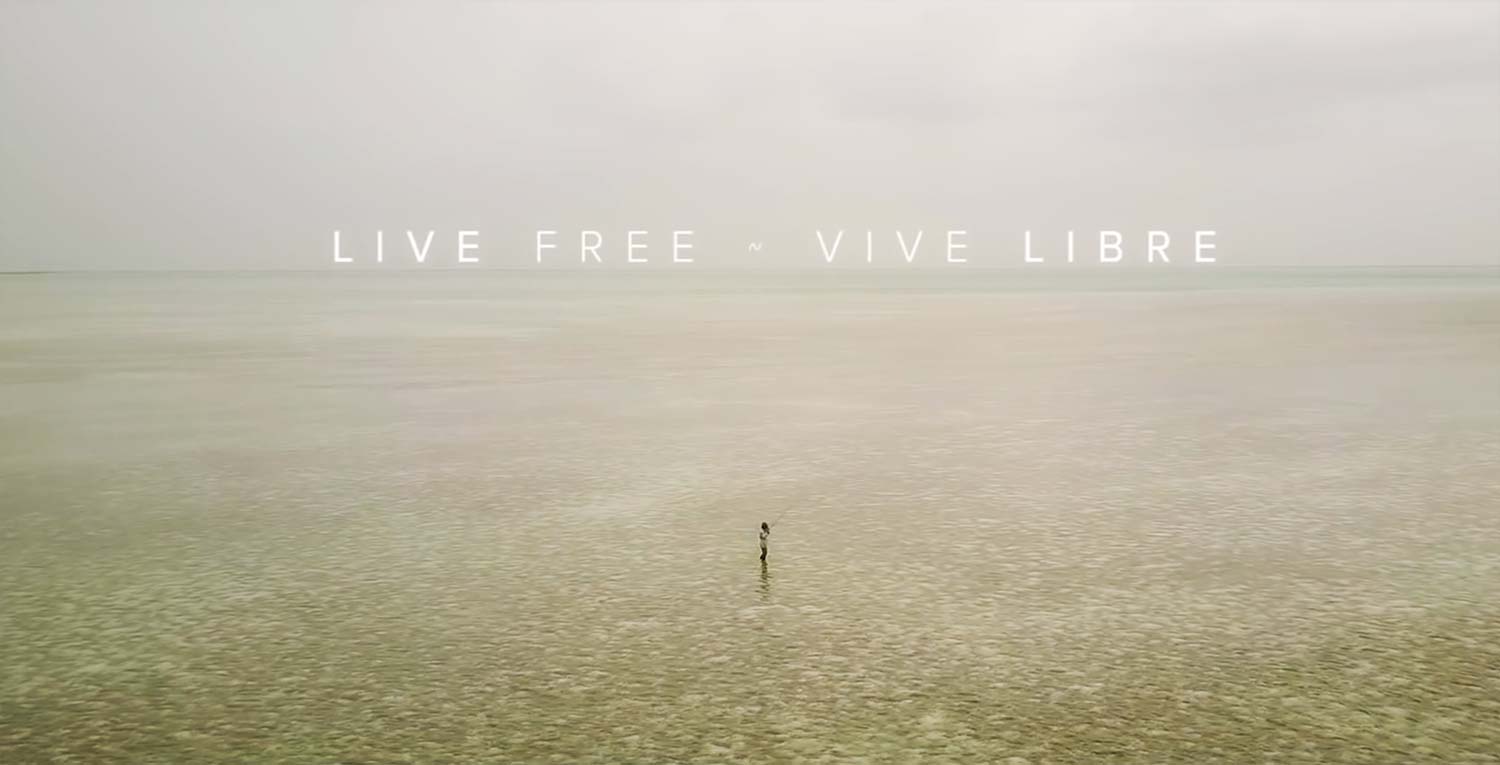
I have always thought a lot of Perk Perkins.
For some time I have had a casual email relationship with Orvis CEO Perk Perkins. It started when he sent me an email about a product review I wrote. He simply reached out to say thanks. That’s a pretty uncommon thing for the CEO of a large company. The fact that he even knew about the review said a lot about how he runs his company. That was not the end of the exchange.
We email back and forth for a while discussing a range of topics, few relating to work directly. Perk told me he would be out of touch for a while. He was taking his dog and sailing around the Caribbean for a while. I told him to have fun and if he ever needed a new dog, I’d like to apply for the position.
Perk and I had a few more interactions after he returned and I learned the he was always willing to help out when I needed it. The more I learned about the man the more I respected him. Orvis shows a remarkable commitment to the fly fishing community and to conservation. That’s Perk. When people bash Orvis, I always stand up for them. Because I believe in the company and the man who runs it.
When I saw this video I knew I had to share it. A beautiful story of a father told by his son. Take a few minutes to watch. It’s not a marketing piece. It’s just a great story about a great man.
CHECK OUT, “LIVE FREE – VIVE LIBRE”
Read More »The Demon Midge
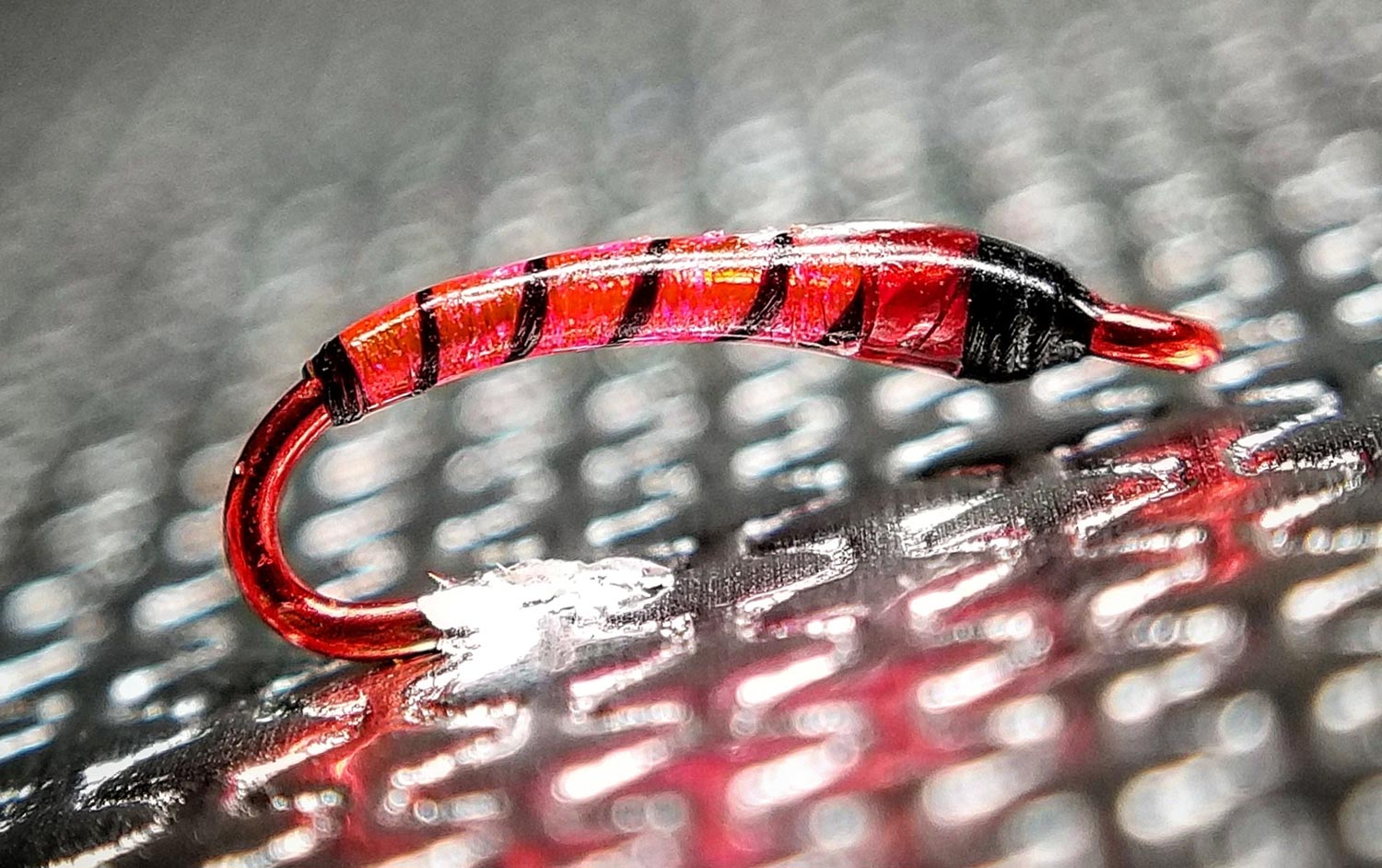
Complex patterns are sometimes needed for success on the water. At other times, ingenious simplicity wins the day. The latter is true for one of Matt McCannel’s most recent creations, the Demon Midge.
Matt’s motivation for the Demon Midge was to create a more effective point fly used in tandem rigs. He added a slight amount of flash to ensure that it would not spook heavily pressured tail water fish. The use of the red Daiichi 1273 adds to this element by blending with the pattern instead of displaying the bronze flash of a traditional hook. These elements combined with a highly accurate profile result in the perfect fish catching tool.
The outward appearance of this pattern does not honestly depict the true nature of its core. Veevus Body Quill in Fuschia is used to create the abdomen. The base color of the red hook and over coat of epoxy combine to create a glowing red appearance.
Highly knowledgeable people create highly effective fly patterns. This holds true for the Demon MIdge. The on-the-water performance of both the creator and the pattern warrant a place in your 2018 midge box.
Read More »Realistic Flies Are Worthless Without Movement
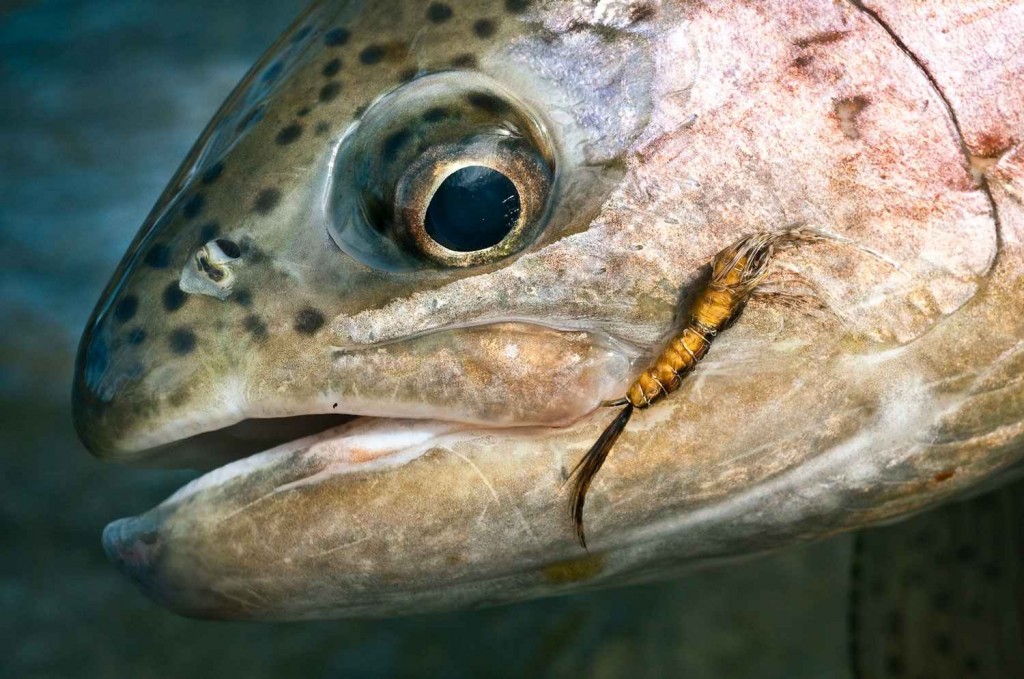
Worthless may be a little overboard, but there is some truth behind it. Every year new fly tying products burst onto the scene that are specifically designed for making our fly patterns look extra realistic. I’ll be the first to admit many of them are amazingly cool and innovative. I mean, who wouldn’t want black eyes on their tungsten beads, or a perfect set of pre-molded wing pads or stonefly legs you can plop on a hook to make your nymphs look ultra life-like, right? Seeing these new innovative materials for the first time always gets me giddy, like a fat guy spotting a 5 for 5 deal at Arby’s. But here’s the real question I think we should be asking ourselves. When it comes to purchasing and tying our fly patterns, should we only be focused on how realistic they look? I say hell no, but you’d be surprised how many fly fishermen out there believe “a realistic look” trumps all other attributes in a fly. Ask a fly shop owner why they carry them if they don’t catch fish, and they’ll quickly tell you, because they sell like hot cakes, that’s why. I think a fly being realistic is great, but there needs to be more working elements in a pattern than just a flashy realistic look. I’ve personally found, that a lot of the time the more realistic you go with fly patterns, the more unrealistic they end up moving and looking in the water. And if they don’t look good in the water, chances are, they’re probably going to be worthless for catching fish. For me, the key to tying and picking out successful fly patterns from the bins over the years has been to always make sure a pattern incorporates equal parts of realistic features and … Continue reading
Read More »The Orvis Helios 3 F and D
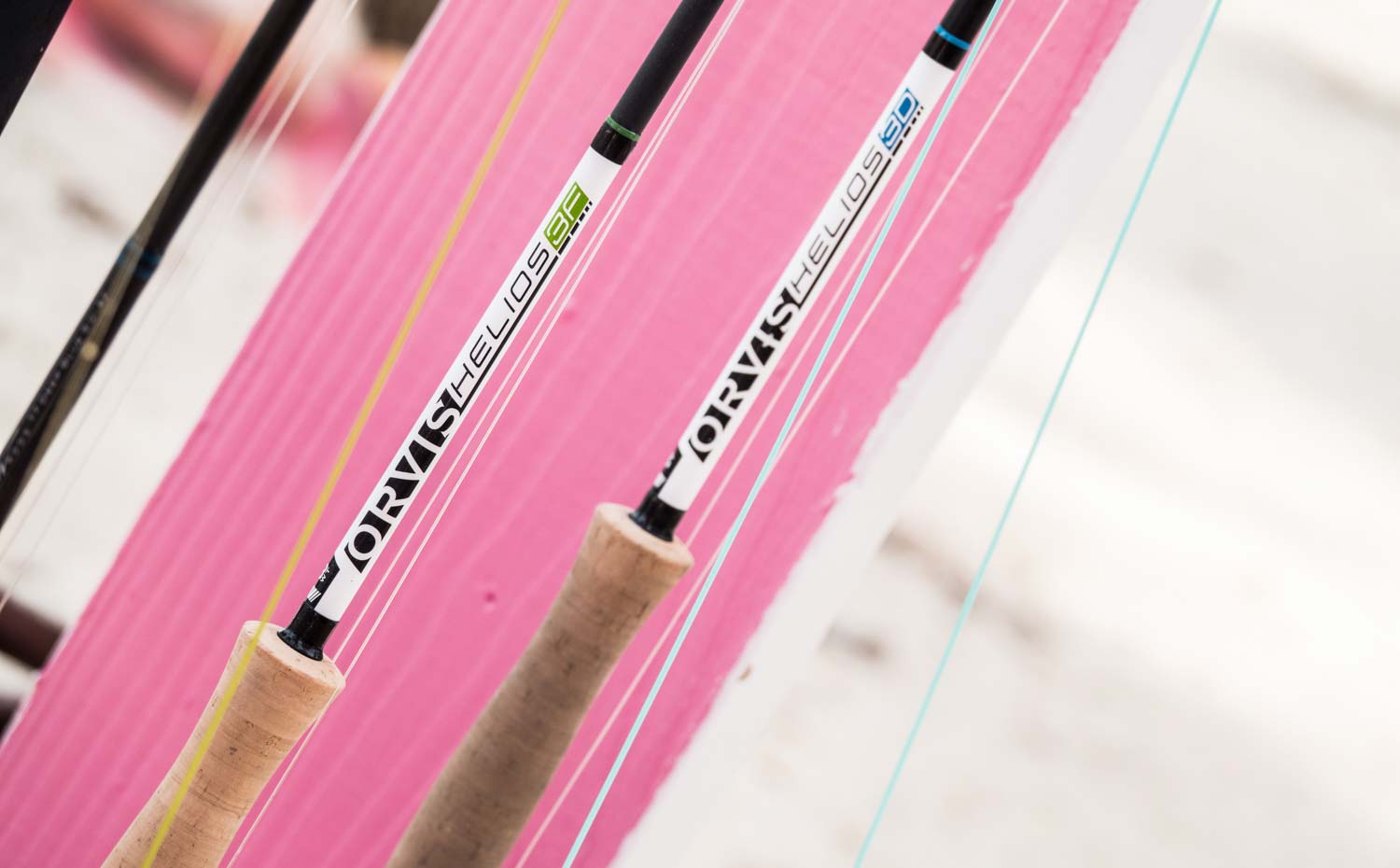
Which Helios 3 fly rod is right for the saltwater angler?
I have spent the last two weeks fly fishing for bonefish in the Bahamas. As you would expect, there were some beautiful days and some real howlers. In my rod quiver for the trip were two Helios 3 eight weights, the F and the D. It was the perfect opportunity to test each of these rods for their strengths and their weaknesses.
So what’s up with the F and D?
With the introduction of the Helios 3, Orvis dropped their description of fly rods as “tip flex” and “mid flex,” opting for the distinctions of D for distance and F for feel. The idea, I believe, was to give the consumer some idea what these rod actions might be used for rather than expecting them to understand the technical aspects of rod flex. I don’t know that “distance” and “feel” tell the whole story but the idea may be more approachable for some anglers.
Is the H3 really that accurate?
You’ve likely seen the ads claiming that the Helios 3 is the most accurate fly rod ever made. That’s quite a claim and one which is certainly difficult to either prove or disprove. It would be easy to dismiss as pure marketing but I do believe there is more to it.
Orvis is actually very good with their science. Even before Sean Combs, who brings with him a serious technical background, joined the company Orvis was very diligent with their collection and use of data. I have seen the testing they performed on the H3 and it is impressive.
The fundamental idea behind the claim of accuracy is that the new H3 tracks true during the casting stroke. That is to say that there is very little side-to-side movement of the rod blank and it loads and unloads. It is factual that a rod which tracks truer is capable of making a more accurate cast. That’s the science and, in that regard, the H3 is everything Orvis claims.
Having a rod that is capable of extreme accuracy and making extremely accurate casts are two very different things. There are casters who will see the difference in their casting accuracy and a great many who will not. The rod is a tool and performs no better than its user. It would be ridiculous to believe that, as a caster, you can buy accuracy.
Orvis did put a lot of work and science into making a fly rod which is capable of delivering a very precise cast. I can’t help but believe that they did this because it’s something their competition doesn’t do very well. You might be surprised to see the tracking data from some very popular and expensive rods. So, Orvis is clearly attacking their competition where they are weakest. That, I suppose, is the marketing so make of it what you will.
How true a fly rod tracks either matters to you or it doesn’t, but in my opinion it’s not the most compelling thing about the Helios 3. The H3 is easily one of the best casting rods on the market and what is of particular interest to me are the characteristics of the the F and D individually and as a set.
The Helios 3D
The 3D is a thunderstick. You might expect this from it’s distinction as a “distance” rod. It is a stiff, powerful beast with a blindingly fast recovery. Distance?
Read More »Sunday Classic / Is That Fly a Nymph? A Look At Insect Life Cycles
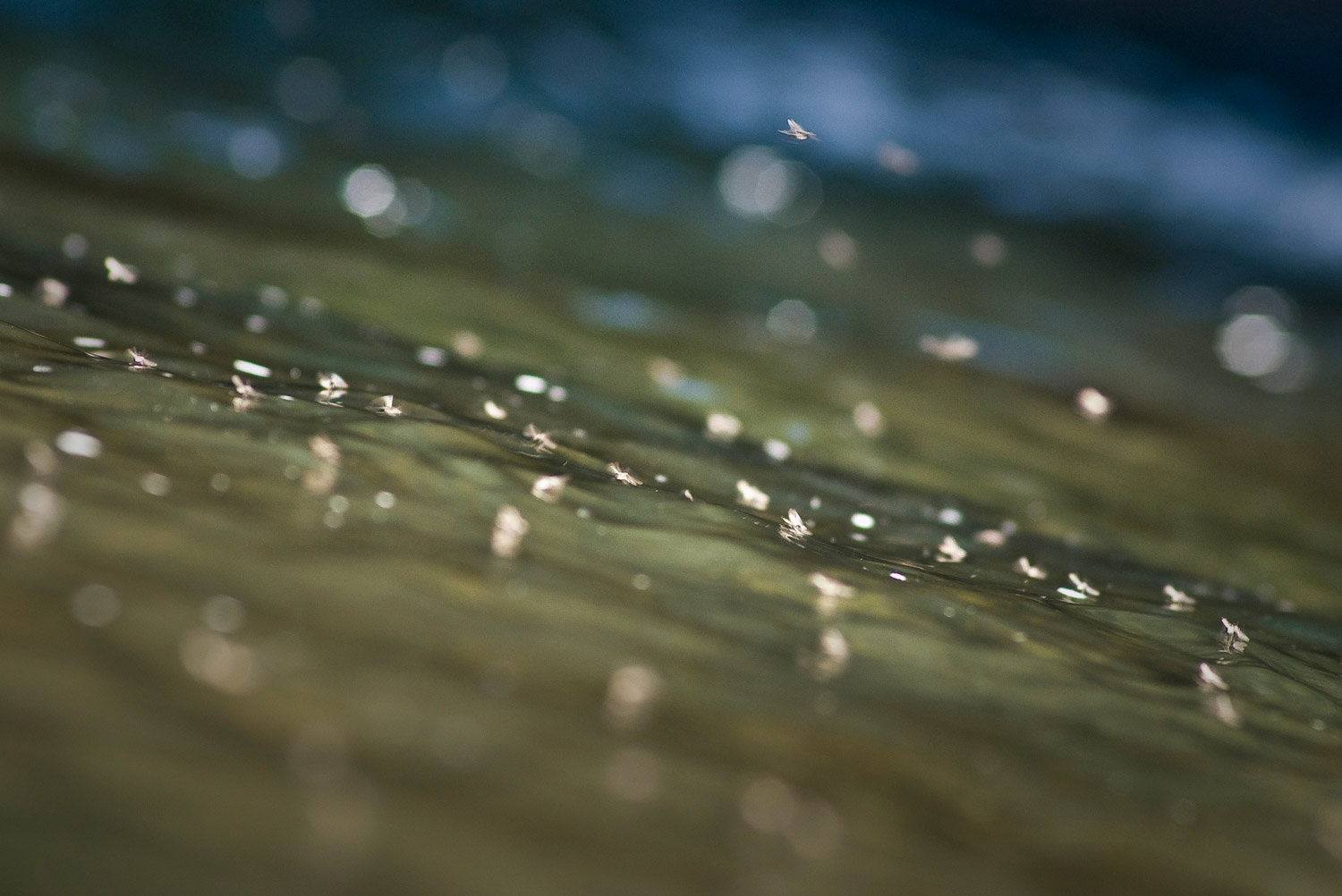
IS THAT FLY A NYMPH? THAT’S THE QUESTION I GOT FROM A READER THE OTHER DAY.
A fair question from a guy who’s only fly fished for redfish and isn’t familiar with trout flies. A simple question with a very complicated answer. Complicated enough that I figured it deserved an explanation, and why not share it.
The fly in question was a midge pattern, so technically not a nymph.
The word “nymph” however, like so many words, shares two meanings. The literal (denotative) meaning is a juvenile mayfly or stonefly in the subsurface phase of its life cycle. The word is also used to refer to flies that imitate these insects. Since a midge starts its life as a larva rather than a nymph, the flies that imitate them are not technically nymphs.
The word nymph also has a conversational (connotative) meaning. It is often used to refer to flies that are dead drifted below the surface. A San Juan Worm or an egg pattern is often referred to as a nymph because of the way they are fished. Some folks will use the term “wet fly” for any fly fished below the surface but this is not correct either. Wet flies are a specific style of fly intended to be fished in a different manner. So describing the midge fly as a nymph, while inaccurate, is not necessarily wrong. It can be fished as a nymph, connotatively.
I’m not generally one to engage in exercises of semantics but I believe there is more at stake here than clarity of the word. I know that when I first became aware of midge patterns many years ago, I was reluctant to fish them because
Read More »Saturday Shoutout / G&G Tyers
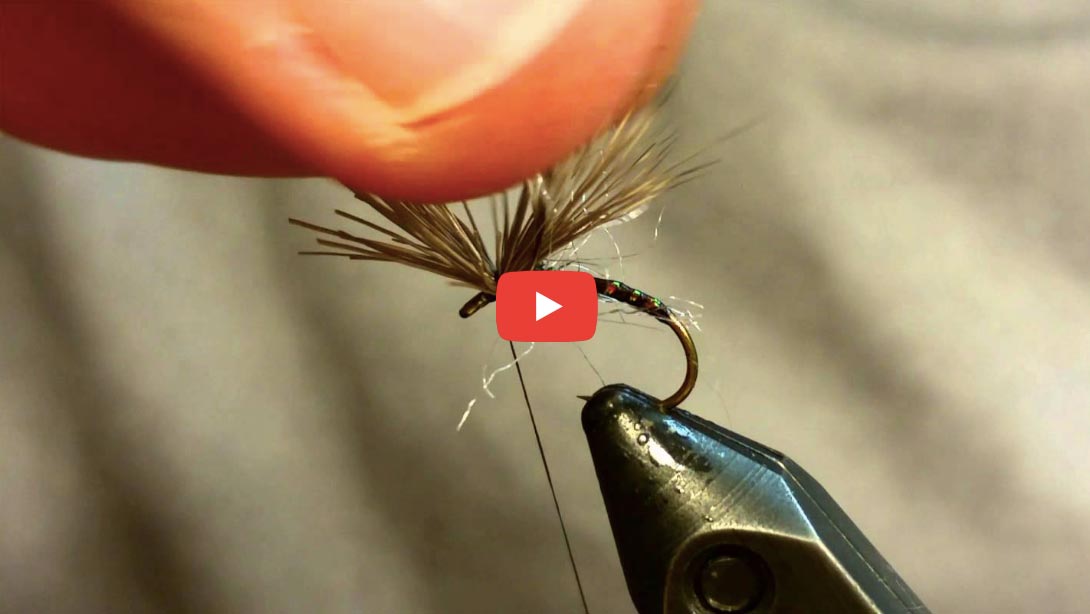
Looking for more great tying content? Well, here it is.
If you are a regular reader of G&G, then you are familiar with Bob Reece and Herman deGala. These guys are wizards at the vise and I am very proud that they are part of the G&G family. I know from your comments and emails that you enjoy the great content they share here on the site.
Did you know that they each have great sites of their own? If you are digging what you see here on G&G, check out the great content these guys put out on their own. If you’re like me, you can’t get enough great tying videos.
CHECK OUT THESE GREAT FLY TYING SITES!
Read More »Build Your Own Fly Rod: DIY Video 3
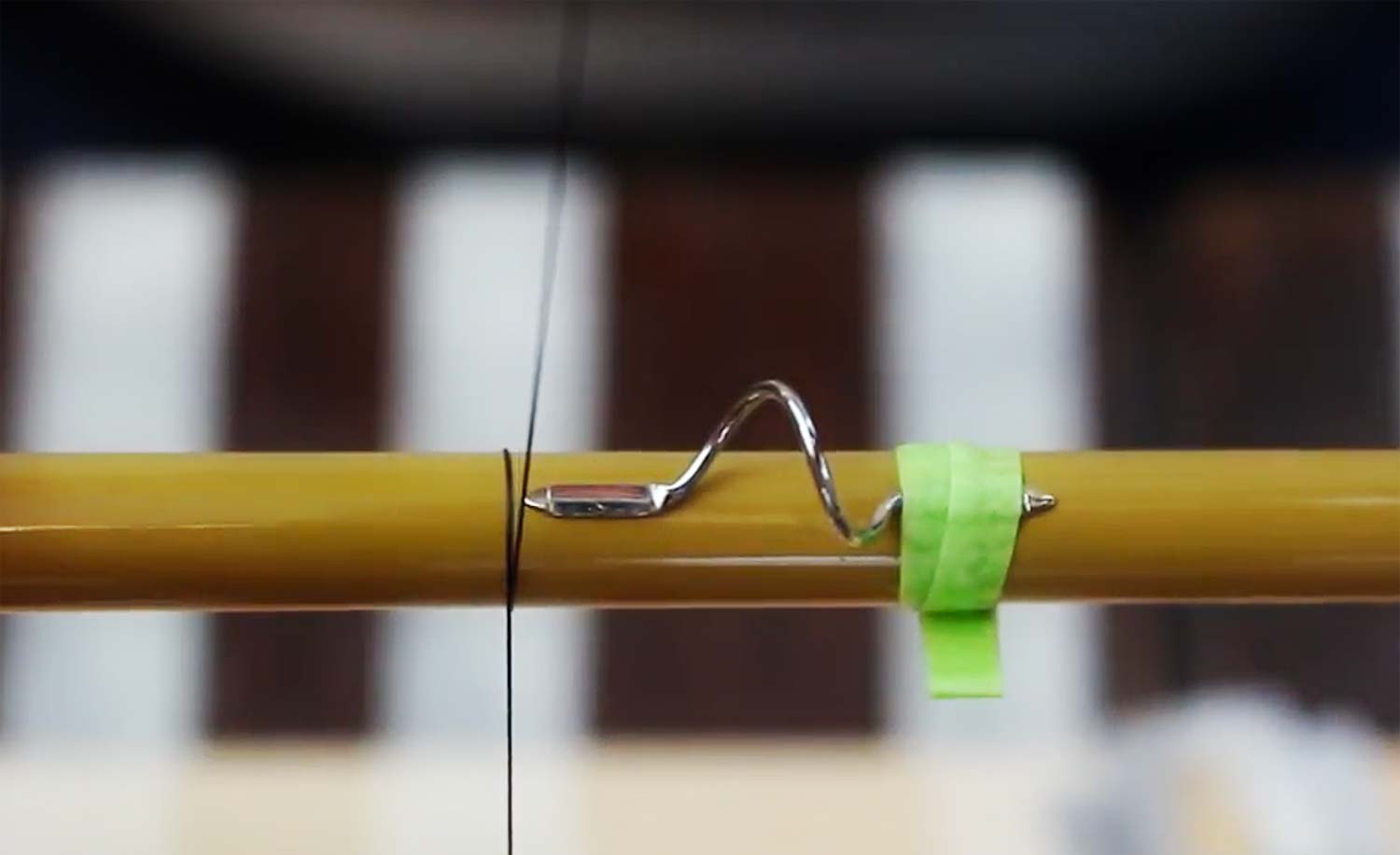
Things are heating up in our DIY fly rod build.
Matt Draft is back for the third video in our seven part series on building your own fly rod. In this video you’ll learn about tip tops, how to spline a rod blank, wrap your guides and get everything aligned. Our rod is starting to look like something by the end of this video!
Check out Matt’s site, Proof Fly Fishing. As a special thank you to G&G readers, Matt will be offering free shipping on all of his kits for the next seven weeks. Just use the code G&Gfreeship on his web site.
BUILD YOUR OWN FLY ROD: DIY VIDEO 3 TIP TOPS, ALIGNMENT AND WRAPPING GUIDES.
Read More »Tipping Good & Bad Fly Fishing Guides Accordingly
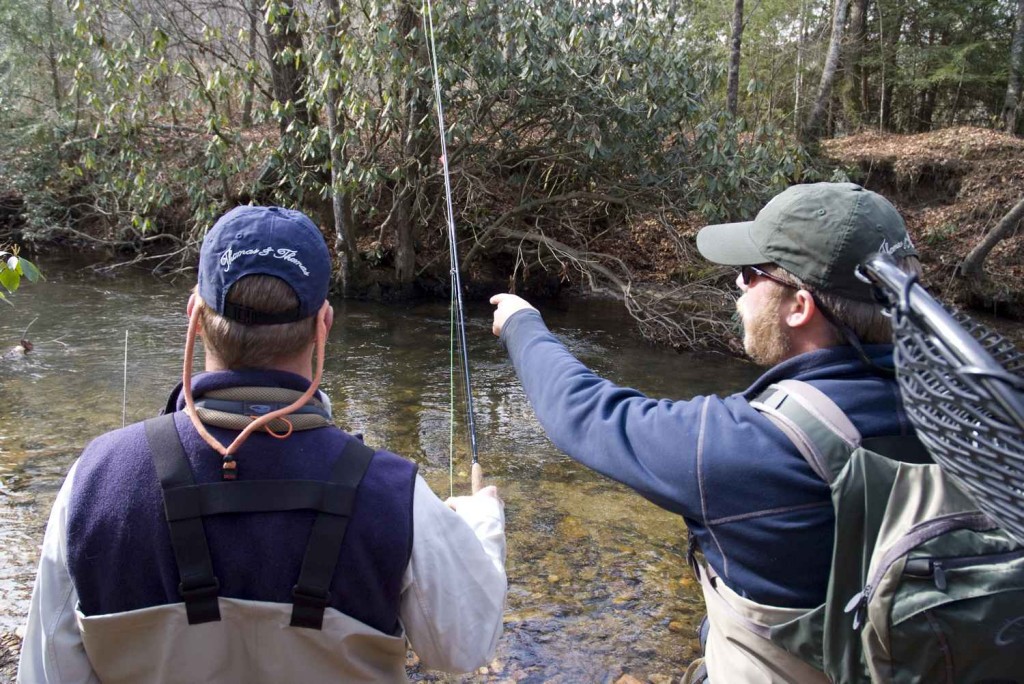
DESPITE ALL THE CONTENT PUT OUT OVER THE YEARS, AND ALL THE COMMUNICATIONS BETWEEN FLY ANGLERS ON THIS TOPIC, THERE STILL SEEMS TO BE QUITE A BIT OF MYSTERY STILL OUT THERE WHEN IT COMES TO TIPPING FLY FISHING GUIDES.
I get many clients that tip above and beyond what’s expected of them. Other times, I’m literally crawling back to my truck with every ounce of energy zapped from instructing and putting my clients on fish, and at the end of the day I’m blessed with a cold empty handshake. Sometimes, there seems to be no reasoning at all with gratuity, most clients seem to get it, but no matter what, there’s always going to be those few that feel gratuity isn’t necessary or are uneducated that it’s customary. All I truly care about is that gratuity is determined and provided to the guide based on customer service and professionalism, and that with any service-oriented job, regardless of the industry, gratuity should be on the radar.
A few weeks ago, one of our loyal Gink & Gasoline followers sent us an email that voiced a few concerns about a fly fishing guide they hired on a recent float trip. Apparently, at the end of the day the follower and his partner were in disagreement about the amount of guide gratuity they should leave. Below is the email and question that was sent to us:
“I would like to get your thoughts on tipping guides. I just came back from a trip to Montana and mentioning no names, I spent a week with a very well-known guide. The trip went well and we caught a lot of fish but his equipment sucked. His Driftboat was a small skiff that he did not want you standing up in to cast, and his Skadden style raft frames front seat came off three times, almost pitching my buddy into the river. Any thoughts on amounts or percentages for tipping would be greatly appreciated.”
My Reply:
Here’s my opinion on what you told me, but keep in mind I was not there and did not see the water conditions or his boat equipment.
I’d say your guide passed with flying colors on putting you on fish and that should be a big positive. Depending on
Read More »